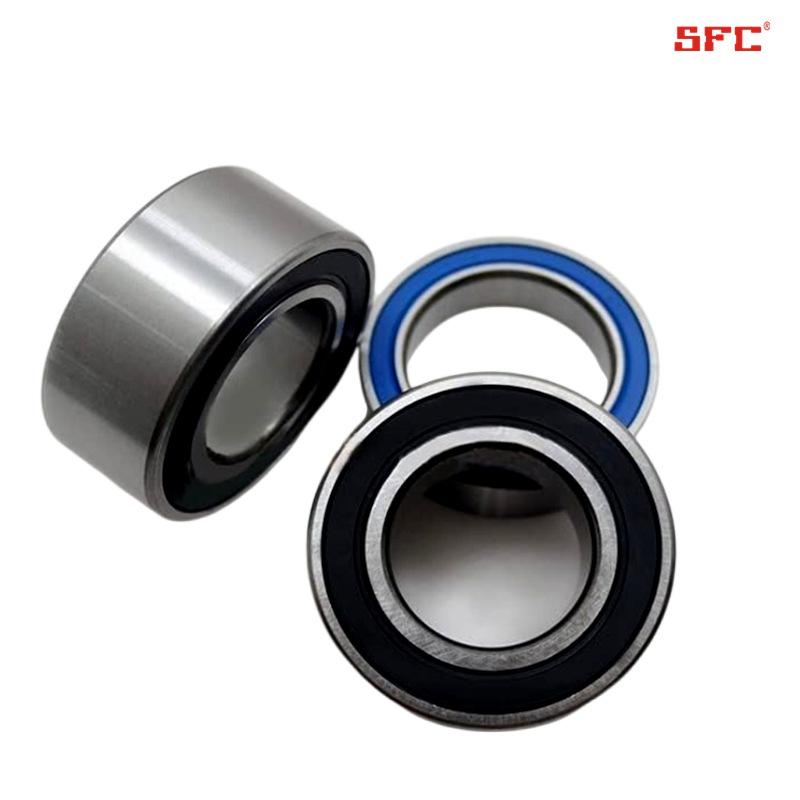Bearing Structure and Space Matching: Bearing Selection Guide
In the design of mechanical systems, the size of the shaft is usually determined first. The shaft diameter, shaft length, and the working load it bears will directly affect the overall layout of the equipment. After determining the specifications of the shaft, engineers need to choose suitable bearings within the limited installation space, so that they can meet the load requirements while also considering compact structure and easy assembly.
The existing rolling bearings have formed a complete standard size system, and the types of structures are also very diverse, which can be adapted to different spatial conditions and working conditions. The common matching methods are as follows:
Small shaft diameter application: Deep groove ball bearings are commonly used, with simple structure, smooth operation, and moderate cost, suitable for equipment with small and medium loads and compact installation space.
Large shaft diameter or heavy-duty applications: Cylindrical roller bearings or tapered roller bearings are commonly used, which have strong load-bearing capacity and are suitable for heavy-duty or impact load conditions.
Limited radial space: Lightweight or ultra lightweight series, such as double row ball bearings or double row roller bearings, can be considered to provide higher load-bearing capacity with smaller external dimensions.
Axial space limitation: Thin walled bearings or specially designed narrow bearings can be used to accommodate special structural arrangements.
In the specific selection process, factors such as rotational speed, load direction (radial/axial/composite), expected lifespan, lubrication method, sealing structure, and maintenance convenience need to be comprehensively considered.
Overall, bearing selection is not only about size matching, but also a balance between performance, lifespan, and space utilization. Reasonable bearing configuration can significantly improve the stability and reliability of the entire machine operation.




